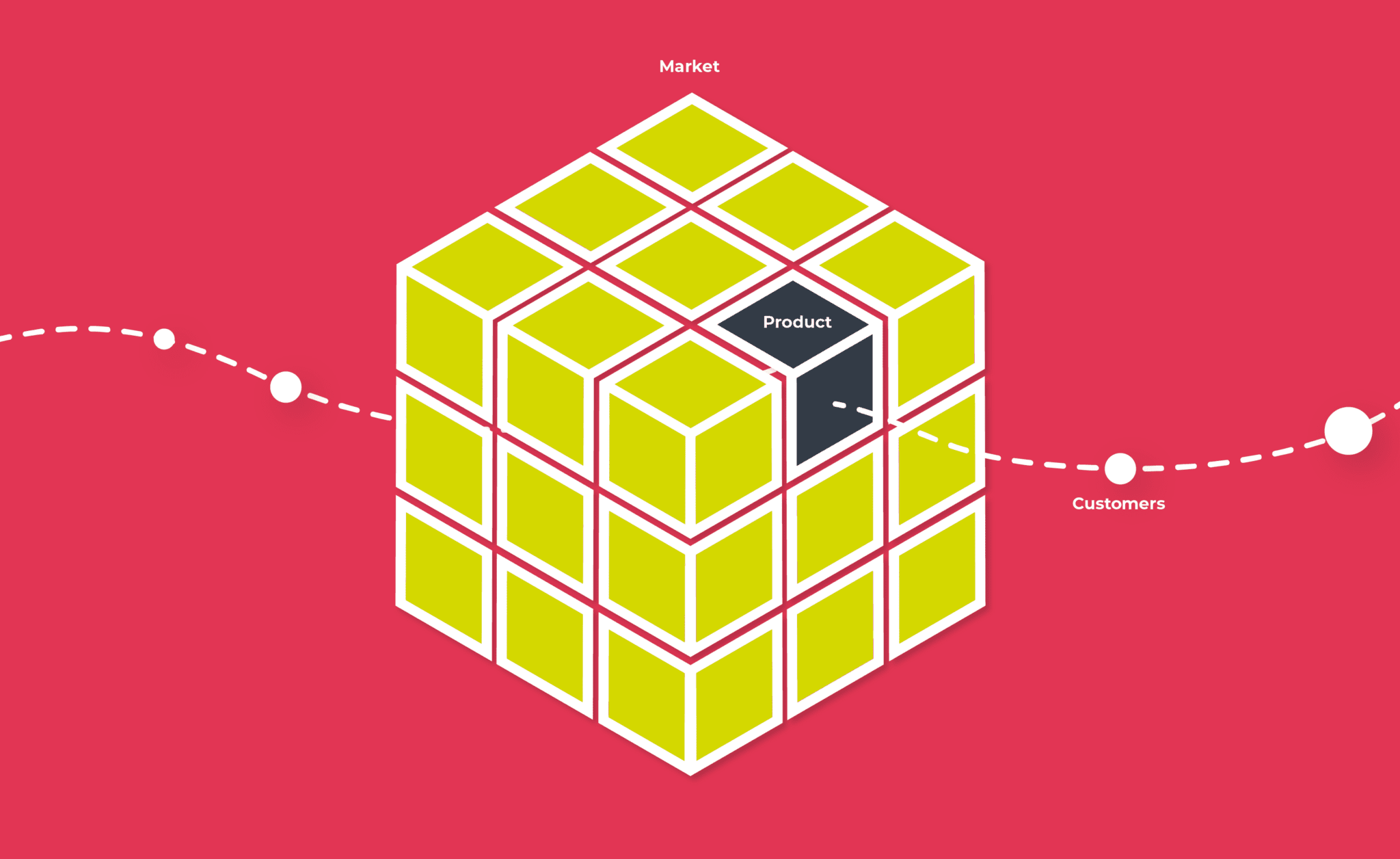
In the early stages of any new organisation, it can be tricky to find your footing within the market. It is therefore critical once your product has been delivered to achieve a fast product-market fit for your SaaS survival.
What is Product-Market fit?
Product-market fit can be defined as creating and selling a product to your defined target market and being successful in fulfilling their pain points. Product-market fit is an important aspect of SaaS product development, as well as finding success in the SaaS industry.
Before building and launching your SaaS product, create an ideal target market, or potential customers, and list their needs or pain points that your potential product will solve. Then conduct market research to understand if the product is needed. As well as competitors in the same space to see how your offering will be different. Performing the research can give an indication of how your product could potentially perform.
Achieving Product-Market Fit with your SaaS
You need to build a product that fulfils your target market’s needs and/or pain points. Having an in-depth and tangible understanding of who they are. As well how they feel about you and your product, is key to achieving product-market fit.
After achieving product-market fit, driving growth and scaling the product is crucial. This can be achieved by finding more customers within your target audience. But how do you know you have achieved product-market fit?
Key Indicators of Product-Market Fit
Once your product has been built and launched into your desired target market there are several key indicators that you are achieving product-market fit. This is of course dependent on the industry and your unique use case. Mostly it comes down to how your customers are reacting to and consuming your SaaS product.
A key indicator is that you are able to keep up with your customer’s demands. Scaling your SaaS startup too quickly can result in crashing. Scaling burns through a lot of capital, and if there isn’t enough cash coming in the SaaS won’t have enough money to offset the cost of new hires to further scale. Your product fulfilling customers’ needs drives growth not scaling.
As well as keeping up with demand, you will know and understand your customer, and their pain points. Your target market will be clearly defined and identified so you know what you need to be focused on. Knowing your target audience well can be achieved through speaking and engaging with customers on a regular basis. This informs the data you have on your target market, and can also provide further insights into your target market.
The metrics you are measuring to gain insights into your product and customer are another indicator of how well your product is performing within the target market. A framework to follow could be the Pirate Metric Framework, developed by Dave McClure. Starting with product acquisition, which indicates how well you’re getting customers to your site.
Pirate Metric Framework
As well as activation, helping to provide insights into a customer’s first experience with your SaaS product. Retention is a key metric to monitor. If your retention rate is high this can be an indicator that you are a product-market fit with customers often coming back or staying.
Another indicator is if your churn rate is low and you are generating revenue. This means you have a solid customer base who are happy and willing to pay for your product generating a consistent stream of revenue.
Finally, another key indicator is that customers like your product and are referring others to you. If your SaaS product is creating organic growth, where your customers are spreading the word about it on their own. As well as customers being willing to pay for your product. You have achieved product-market fit.
Product-Led Growth Strategy and Product-Market Fit
A product-led growth strategy can be associated with and complement a product-market fit approach.
Product-led growth has evolved from a traditional marketing strategy and is focused on the product driving growth. OpenView Partners defines product-led growth (PLG) as “an end user-focused growth model that relies on the product itself as the primary driver of customer acquisition, conversion, and expansion.”
With a product-led growth strategy, SaaS companies have found that they are able to grow faster with less money. They see that they can rely on their SaaS product to supply new users and convert those into satisfied paying customers. This is therefore complimentary to your product-market fit strategy.
How does Cyclr fit with your product-market fit?
Cyclr is a product-led software company that fulfils our customer’s integration needs. As an organisation, we can enable the growth of other applications through native embedded integrations.
Rather than adding to your existing backlog of product developments, using Cyclr, you’ll be able to connect, build and deploy native integrations quickly and efficiently. Thus helping you reach product-market fit and add automation to your application.